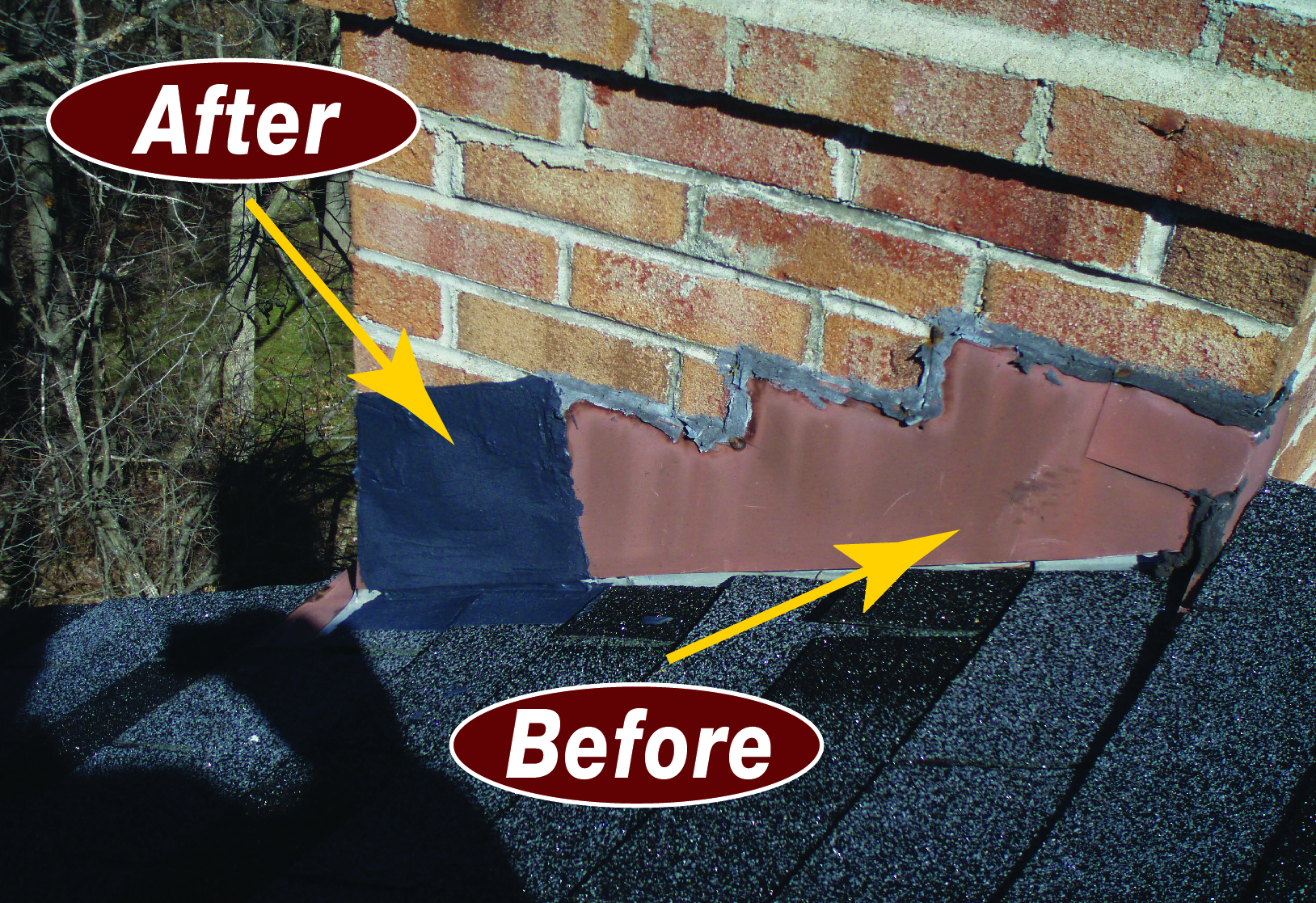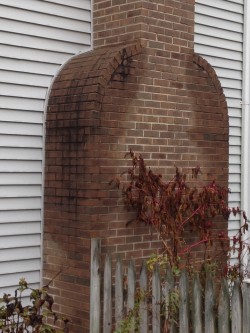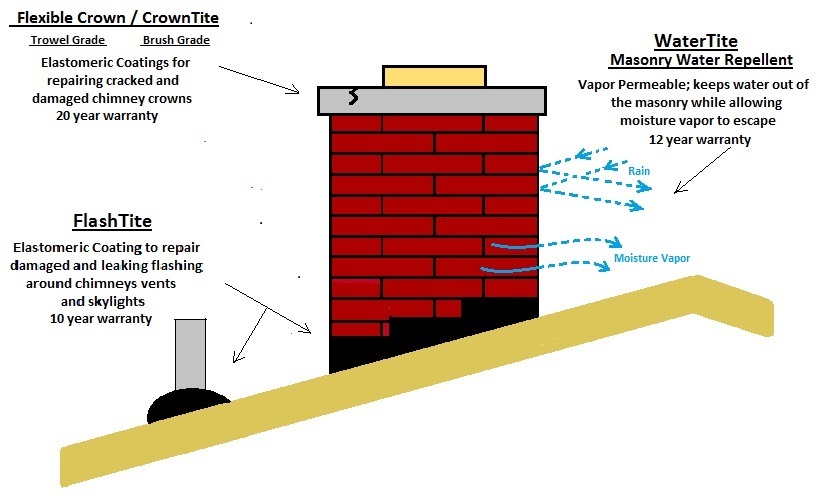- November 13, 2015
- blog
- Posted by Jeffrey Stewart
- No comments yet

Whether it’s a leaky chimney, skylight, vent or stack, fixing a simple leak can be a major repair. A contractor will usually tear off the shingles surrounding the problem area and re-flash the entire area. This can quickly become a very costly repair. Other contractors will simply try to use caulk to solve the leak problem. This attempt at a quick fix can also become a costly situation. More often than not, simple caulking will not solve the problem. This leads to the possibility of a continuing leak that can cause damage to the interior of your home. It also means repeat contractor visits which always means more money leaving your pocket.
Furthermore, most of the caulks used today will eventually become hard or will lose their bond. Regardless of what is printed on the tube, the useful life of most caulks is less than 5 years. [...]
- November 11, 2015
- blog
- Posted by Jeffrey Stewart
- No comments yet

There are generally two types of products on the market to protect your masonry surfaces. Understanding the differences is very important. Film forming sealers and penetrating repellents have many differences you should be aware of before sealing any surface. Whether you are water sealing brick, block, concrete, stone or slate, choosing the right product is the key to success.
The majority of “sealers” sold at big box home improvement stores are, what are referred to as, film forming sealers. These film forming masonry waterproofing products are generally silicone based products. When applied to masonry, these sealers form a film, completely closing the pores on the surface. While these sealers generally cost less, they also have a much shorter life once applied. Depending on the environment, these sealers generally offer protection for as little as 1 year. [...]
- November 10, 2015
- blog
- Posted by Jeffrey Stewart
- No comments yet

A chimney crown is the masonry cap located at the very top of the chimney. The crown acts as the roof of the chimney protecting the structure below from the harmful effects of Mother Nature. Traditionally, a properly constructed chimney crown would be made of Portland Cement. However, in recent decades more and more crowns are being made with mortar. There is no other reason for this substandard construction other than laziness. The mason finishes laying the bricks and then pores the leftover mortar on top and creates a crown. Mortar is not designed to be used for large surface applications. As the owner of a chimney business for over 25 years, I have actually seen mortar crowns crack even before they are done drying. If your home was built after 1970, [...]
